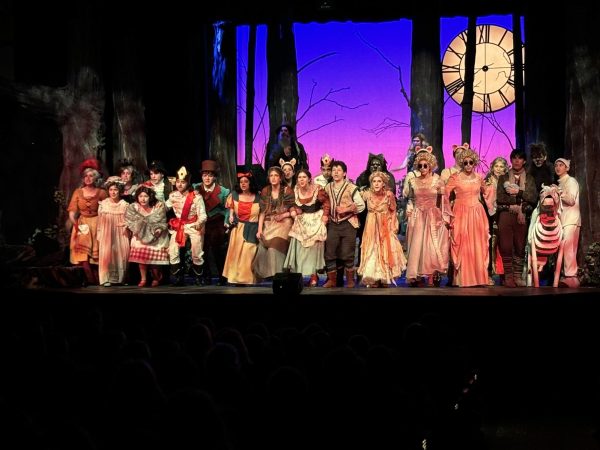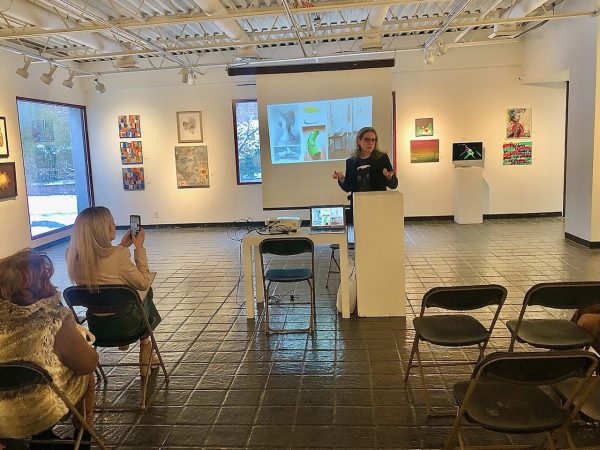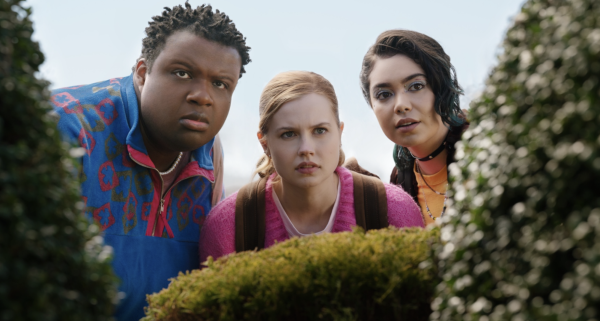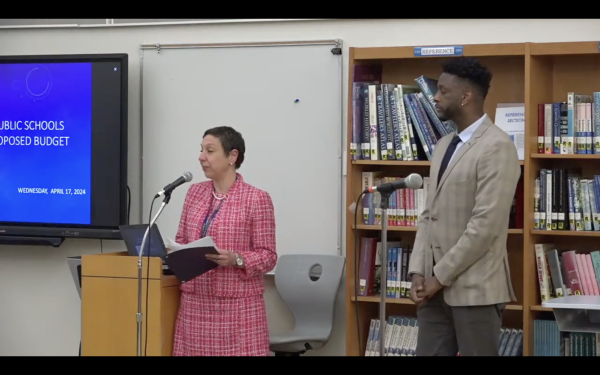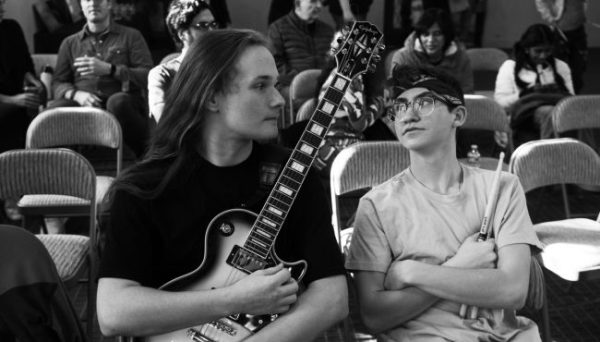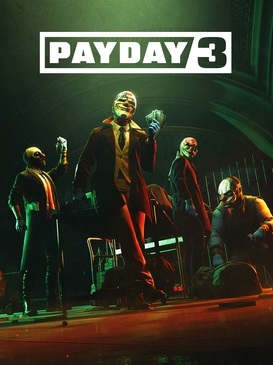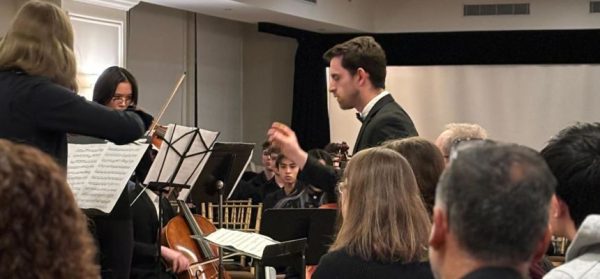‘Once Upon A Time…In Hollywood…’ perfectly blends history and fiction
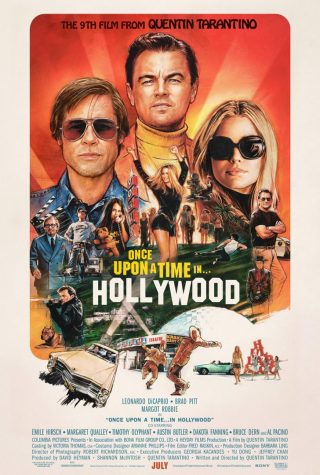 Quentin Tarantino is one of the most iconic and revolutionary directors of the modern era. Notably, Tarantino’s movies are notorious for their brutal and unforgiving violence and gore. So, when I heard this movie was going to be loosely based on the Manson Family and the tragic murder of Sharon Tate, I expected the worst. Instead, I was pleasantly surprised by the level of maturity that Tarantino demonstrates in the movie. Undoubtedly, the movie comes with its share of violence and bloodshed, but much less so than Tarantino’s earlier films. This lack of “excessive” brutality highlights the plot and history more so than anything we’ve seen from Tarantino. And there is no doubt that this movie does an excellent job of blending the fictitious plot and history while keeping the film entertaining.
Quentin Tarantino is one of the most iconic and revolutionary directors of the modern era. Notably, Tarantino’s movies are notorious for their brutal and unforgiving violence and gore. So, when I heard this movie was going to be loosely based on the Manson Family and the tragic murder of Sharon Tate, I expected the worst. Instead, I was pleasantly surprised by the level of maturity that Tarantino demonstrates in the movie. Undoubtedly, the movie comes with its share of violence and bloodshed, but much less so than Tarantino’s earlier films. This lack of “excessive” brutality highlights the plot and history more so than anything we’ve seen from Tarantino. And there is no doubt that this movie does an excellent job of blending the fictitious plot and history while keeping the film entertaining.
Before diving into the plot, a quick disclaimer: If you’re considering viewing this film, it is imperative that you research Sharon Tate and the Manson Family in order to fully appreciate and understand the story. Let me provide a brief summary:
Sharon Tate was born on January 24, 1943, in Dallas. She married renowned director Roman Polanski and the two were expecting a baby. She and the baby were killed on August 9, 1969, by the Manson Family. The Manson Family was a Los Angeles-based cult that was active in the late ’60s. Their leader, Charles Manson, instructed Charles “Tex” Watson, Susan Atkins, Patricia Krenwinkel and Linda Kasabian to go to Sharon Tate’s home and “kill everyone there.”
The movie follows the story of struggling actor Rick Dalton (Leonardo DiCaprio), his stunt double Cliff Booth (Brad Pitt) and Rick’s neighbor Sharon Tate (Margot Robbie). Rick is coming to terms with his career slowly declining after he reached his peak when starring in a western television show. Cliff has accepted that his glory days are behind him and now acts as Rick’s driver, aide-de-camp and one-man entourage. In contrast to Rick and Cliff, Sharon Tate is an actress with a promising career on the rise although she is still struggling with obscurity in public.
Along with the excellent performances of DiCaprio, Pitt, and Robbie, this movie truly does a service to the story of Tate and her murder. Dalton and Booth, along with having their own entertaining stories, provide insight and perspective into the life of Tate before her untimely death. This fictitious story gives credit to the person that Sharon Tate was, the free-spirit 60’s girl with a promising career and life ahead of her, instead of calling more attention to her tragic death.
Most likely, this film will go down as one of Tarantino’s greater works, but there are three minor problems with this movie.
First is the sheer length of the movie. Clocking in at 2 hours and 41 minutes, the story can sometimes be slow in connecting the different plot threads. I caught myself impatiently glancing at my watch during select parts in some scenes that did not carry much weight towards the overall storyline.
Secondly, and surprisingly, is the lack of scenes with Tate. With an asset like Robbie, one would think that Tarantino would decide to write more lines for star power like her’s. Arguably, some of the movie’s most heartfelt and best scenes were with Robbie. Instead, she is used more for contrast to Rick and Cliff than rather her character. Tarantino rejected this notion when asked about it by a New York Times reporter, but I hypothesize that Tarantino purposely made this choice in order to develop Tate’s character as more of a symbol of the late ’60s instead of diving deeper into her personality.
Third, and perhaps the worst, was the negative caricature of one prominent Asian-American, Bruce Lee. In the film, Bruce Lee is seen as cocky, arrogant and egotistical, and his sole purpose in the movie is to provide a human punching bag to show off Cliff Booth’s fighting skills. Both Bruce Lee’s daughter, Shannon Lee, and Bruce Lee’s wife, Linda Lee, stated that they were disheartened by Tarantino’s unnecessary inclusion of Bruce Lee’s caricature. Shannon Lee said, “What I’m interested in is raising the consciousness of who Bruce Lee was as a human being and how he lived his life….All of that was flushed down the toilet in this portrayal and made my father this arrogant punching bag.” My opinion? Tarantino’s blunt portrayal of Bruce Lee was not meant to be a jab at his race, but rather his legacy. Being an Asian-American myself, I do not see any negative implications towards Asians as a whole in the movie. However, exaggerating Bruce Lee’s confidence and intelligence for arrogance and egotism shows disrespect to the legacy of an inspiring figure of American culture.
So, if you are going to see “Once Upon A Time…In Hollywood…” for a cameo of Bruce Lee, the acting of Margot Robbie or the trademark violence that comes with Tarantino pictures, this film is not for you. However, I strongly recommend this movie to anyone who desires to educate themselves about the Sharon Tate murders while also witnessing the spectacular acting chops of Leonardo DiCaprio and Brad Pitt.
Oliver is a graduate of the Pelham Memorial High School class of 2022. He has been working with the Pelham Examiner since August of 2019 and looks forward...



